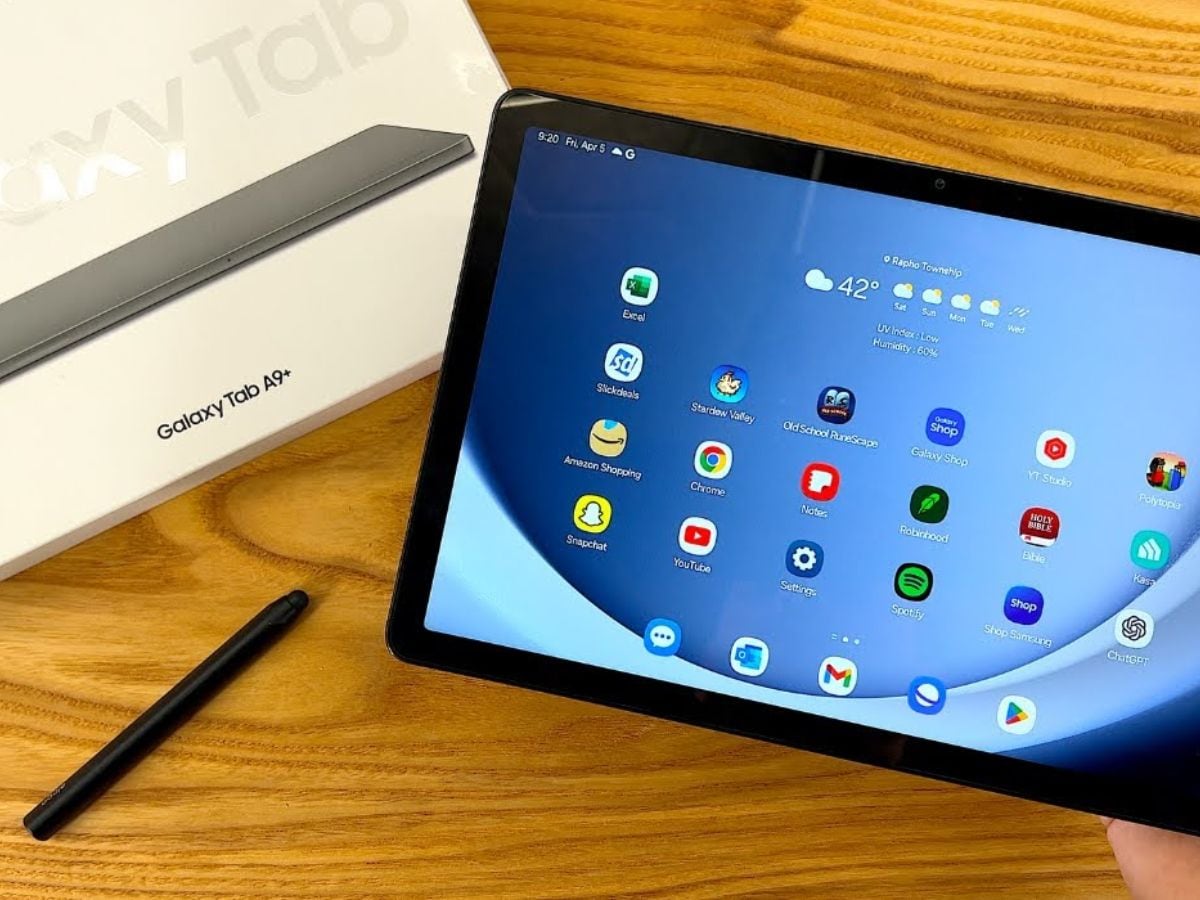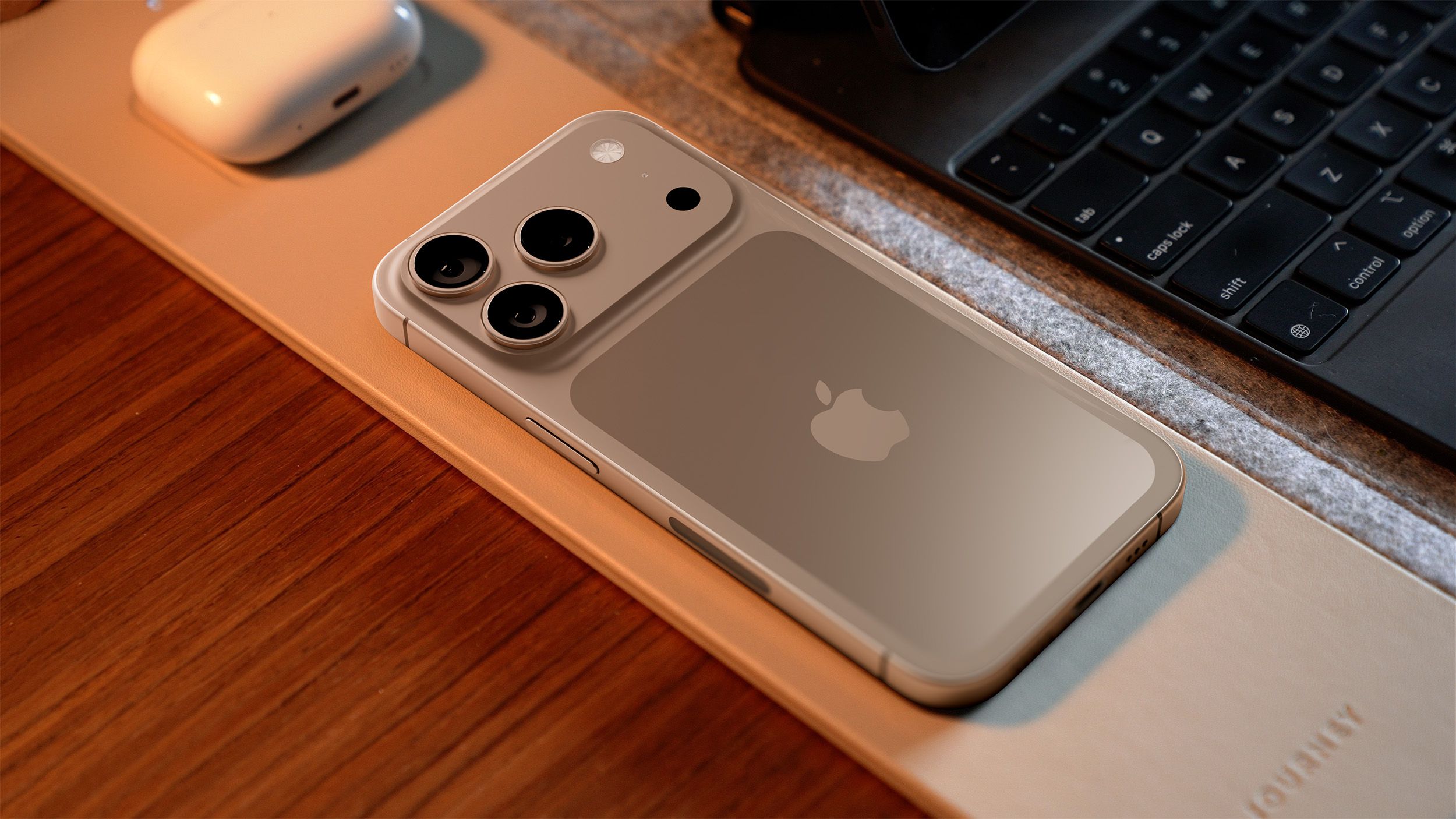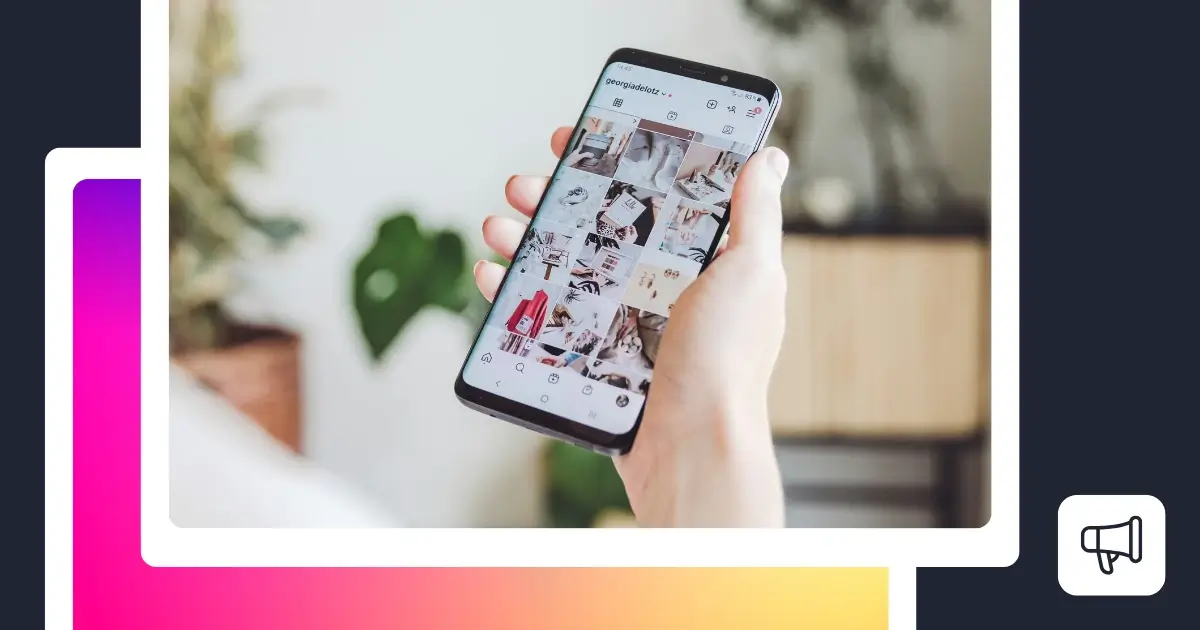Finished with my testing and benchmark prints, I set out to use the unit for some real-world projects with engineering-grade materials.
With the Polymaker black ABS still in the machine, I made a hard case I downloaded from Printables.com for a portable ham radio measurement device. Taking advantage of the heated chamber, I wanted to see if the planar case surfaces would lift up from the build plate. To my surprise, everything printed perfectly, with the case easily mating and closing perfectly square.
(Credit: Michael Lydick)
Next up, a print-in-place pair of ABS vice grips, also with Polymaker black ABS. I chose a 50% infill for strength with a 200mm-per-second max speed and 55-degree-C chamber temperature.

(Credit: Michael Lydick)
The grips and sliding parts easily broke open, and after a firm twist on the adjustment slide, I could use it to clamp small parts on my desk.
Encouraged, I moved on to ABS carbon fiber, downloading a 0.177 air rifle suppressor from Printables.com. I target practice in my backyard, and the supersonic rounds always “cracked” when I fired, like a gunshot. The threads printed perfectly, and I saw no artifacts on the sides of the barrel. After firing several dozen rounds through the suppressor, it had no noticeable breaks or degradations in the surface from the heat or pressure from firing.

(Credit: Michael Lydick)
With the ABS carbon fiber still loaded, I set about making a larger set of prints to really spread out in the large build chamber.
First, a wall-mounted holder for my Starlink power supply and router. I’ve been using the Starlink Gen 3 router, but I never liked the way it sat on my shelving, and wanted a more permanent place on my wall to mount the pair of components. The Plus 4 went through this print like butter. I’d seen this file printed by a Creality K1 with noticeable warping on the corners, and I was curious how it would lay on the Plus4 build plate.

(Credit: Michael Lydick)
The holder did have some noticeable artifacts on the surface, which I noted were exactly where the infill lines were terminating. But when I showed the parts to my wife, she asked me if I had ordered them from Amazon or Starlink directly. She couldn’t believe that I had made them at home.
I then turned the printing speed down to 60mm per second and started aiming higher on the difficulty chart. I loaded a spool of PolyMide PA6-CF. PA6 is significantly harder to print than its PA12 counterpart due to how PA6 absorbs much more water. (Up to 10% by weight if left exposed, compared with 2% for PA12.) If the Plus 4 was going to struggle with this grade of material, it would happen now. PA6 will also shrink and warp more than PA12, which is more dimensionally stable and easier to keep stuck to the build plate. It was the perfect challenge for this unit.
I put on a layer of PA Magigoo to help prevent any layer-adhesion issues, set the bed temperature to 50 degrees C and the build chamber to 55 degrees with the cooling fan off, and set out to print a display holder for my Xbox controller, which had no real home on my desk.
The designer-style base came out fantastic. It had no surface issues whatsoever—no warping at the edges or lifting, despite the wide first layers that, notoriously, shrink in open-air units like the Prusa MK4.

(Credit: Michael Lydick)
Not wanting to stop, I looked around my office for other expensive homeless devices, and decided that I would make a mount for my Meta Quest 2 headset with the same settings as the Xbox holder at the 0.2mm layer line height. The chamber was still hot, like a warm oven accepting the second batch of cookies.

(Credit: Michael Lydick)
My first layer was a little wonky. I could have slightly raised the gap of the Z-offset during the first layer, something I later learned how to do, and appreciated the ability to change. Once the second layer covered the fibers from the first layer, though, the issues evaporated from my mind.

(Credit: Michael Lydick)
Weeks later, I had a real-world application unexpectedly arise. We have chickens in the backyard, and the night before leaving for a vacation, my wife informed me that it was going to drop well below freezing temperatures while we were gone. The watering system I had in place was my summer/fall system, and the water would freeze if I didn’t modify it.
I had the necessary components to fix it: a pump, a reservoir, and a heater that came on below 38 degrees F, but after a trip to Lowe’s, I found that the ABS adapters I needed to connect the pump to the pipe where the bird-feeder nozzles would go were out of stock.
I sat down with my copy of Fusion 360 to design the part that would attach the hose to the 2-inch PVC pipe that chickens would be drinking from, and loaded it into the Qidi Studio Slicer.

(Credit: Michael Lydick)
I stopped the first print 20% in, to validate that the threads were accurate and would fit, which they easily did.

(Credit: Michael Lydick)
The full-size final print, at 100% infill with ABS set for 0.2mm, worked brilliantly. By 11:30 p.m., I had the cold water system in place and could go on our trip with peace of mind I wouldn’t have had without the quick change enabled by the engineering-grade-material abilities of the Plus 4.

(Credit: Michael Lydick)
I also tested the Plus 4’s ability to print with pure polycarbonate, arguably one of the most difficult materials to print. I started simple with parts like the ham radio wire spool handle shown below. I used a 300-degree-C nozzle temperature, with a 100-degree heated bed and a 65-degree heated chamber for a perfect first-time print, with the Magigoo PA bed glue wiped on first. (I was sure to dry the roll completely first in my Sunlu filament dryer box.)

(Credit: Michael Lydick)
I’ve also tested carbon-fiber nylon, with the exact same results. This time, I designed a dry-erase marker holder for my whiteboard, completely overdoing it with the filament choice, but wanting to see if the parts would warp, and what the surfaces would look like after the print completed.

(Credit: Michael Lydick)
Once I had a database of the good settings for these different filaments, I started to lean on the Plus 4 for more everyday items and challenges. For example, I downloaded a replacement chicken feeder port that has saved me about 20 pounds of waste feed falling out of the container from the stock feed port:

(Credit: Michael Lydick)
The new feeder port falls deeper into the crumbles, and the chickens were unable to scrape it out of boredom into the dirt around the feeder. That one print alone has saved me hundreds of dollars in feed, and the parts are in the sun all day, every day.
Having access to these durable filaments lets me protect expensive gear as well. I made a set of rails for my portable ham radio that protect the nearly $1,200 radio and its sensitive knobs from bumps and bruises while in the field. The Plus 4 made easy work of the files, giving me way more peace of mind than ASA or even ABS would have given me with printers incapable of using these more durable materials.

(Credit: Michael Lydick)
When that project finished, I of course had to print this ABS glass fiber holder for my Ryobi pressure washer wands and nozzles, just because I could.

(Credit: Michael Lydick)











